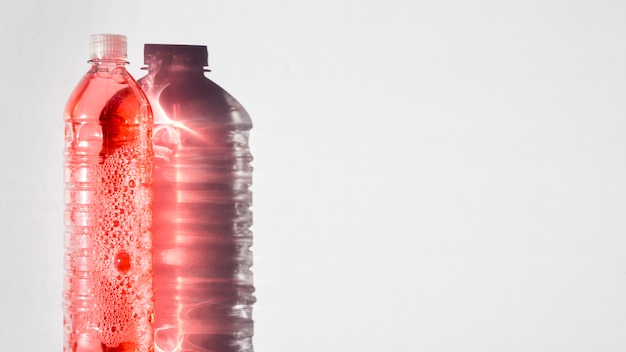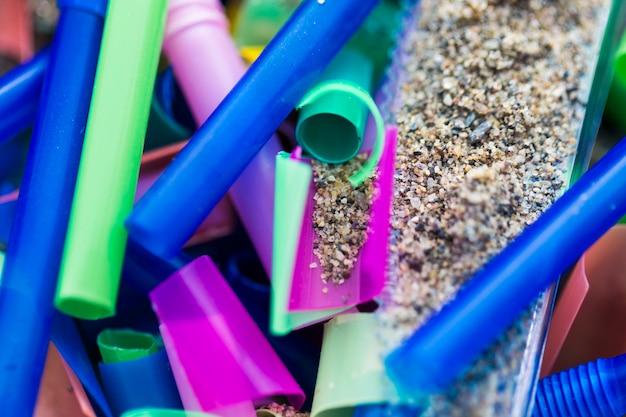We all rely on plastic water bottles for convenience, especially during travel, workouts, or long days on the go. But what if that seemingly harmless bottle could be silently contaminating your water? Recent research reveals a troubling truth: plastic bottles exposed to high temperatures can release billions of microscopic particles into the water they contain. Even more concerning, these same conditions accelerate the leaching of harmful chemicals like antimony—raising serious questions about the safety of our everyday hydration habits.
Plastic bottles, particularly those made from polyethylene terephthalate (PET), are designed for single use and moderate conditions. However, when exposed to heat—such as being left in a car on a sunny day, stored near a stove, or transported in hot climates—the structural integrity of the plastic begins to degrade.
Studies have shown that temperatures above 35°C (95°F) can significantly increase the rate at which microplastics break off from the inner walls of the bottle. These particles, often too small to see with the naked eye, can number in the billions per liter of water after prolonged heat exposure.

Plastic bottles left in a hot car can release microplastics into the water.
Microplastics are tiny plastic fragments less than 5 millimeters in size. When ingested, they can accumulate in the body over time. While the long-term health effects are still under investigation, early studies suggest potential links to inflammation, oxidative stress, and disruption of the endocrine system.
The concern is amplified by the fact that a single heated plastic bottle can release over 240 billion microplastic particles into the water within days. Regular consumption of such water could lead to significant cumulative exposure, especially for children and individuals with compromised immune systems.
In addition to microplastics, heat accelerates the leaching of chemical additives used in plastic manufacturing. One such chemical is antimony, a metalloid used as a catalyst in PET production. Under normal conditions, antimony levels in bottled water are typically low and within regulatory limits. However, when bottles are exposed to high temperatures for extended periods, antimony concentrations can rise dramatically—sometimes exceeding safety thresholds set by health agencies.
Elevated levels of antimony have been associated with gastrointestinal distress, respiratory issues, and potential long-term toxicity. While occasional exposure may not pose an immediate risk, repeated intake from heated bottles could contribute to chronic health concerns.

Heat causes chemicals like antimony to leach from plastic into drinking water.
Certain populations may be more vulnerable to the effects of microplastic and chemical exposure. Children, whose developing bodies are more sensitive to environmental toxins, could face greater risks. Pregnant individuals and those with pre-existing health conditions may also want to exercise extra caution.
Additionally, people living in hot climates or those who frequently store bottled water in vehicles, garages, or outdoor spaces are more likely to consume water from heat-compromised containers.
The good news is that simple changes in behavior can greatly reduce exposure:
Beyond personal health, this issue underscores the broader environmental and public health challenges associated with single-use plastics. As global temperatures rise due to climate change, the risk of heat-induced plastic contamination may become more widespread.
Policymakers, manufacturers, and consumers must work together to promote safer packaging solutions, improve labeling standards, and increase public awareness about proper storage and handling of bottled water.
The convenience of plastic water bottles comes with hidden costs. Heat exposure transforms these everyday items into potential sources of microplastics and harmful chemicals like antimony. While more research is needed to fully understand the long-term health impacts, the evidence is strong enough to warrant caution.
By making informed choices—choosing safer materials, avoiding heat exposure, and reducing reliance on single-use plastics—we can protect our health and the planet. Stay cool, stay safe, and think twice before drinking from a bottle that’s been baking in the sun.

Health

Health

Health

Health

Health

Fitness

Health

Health